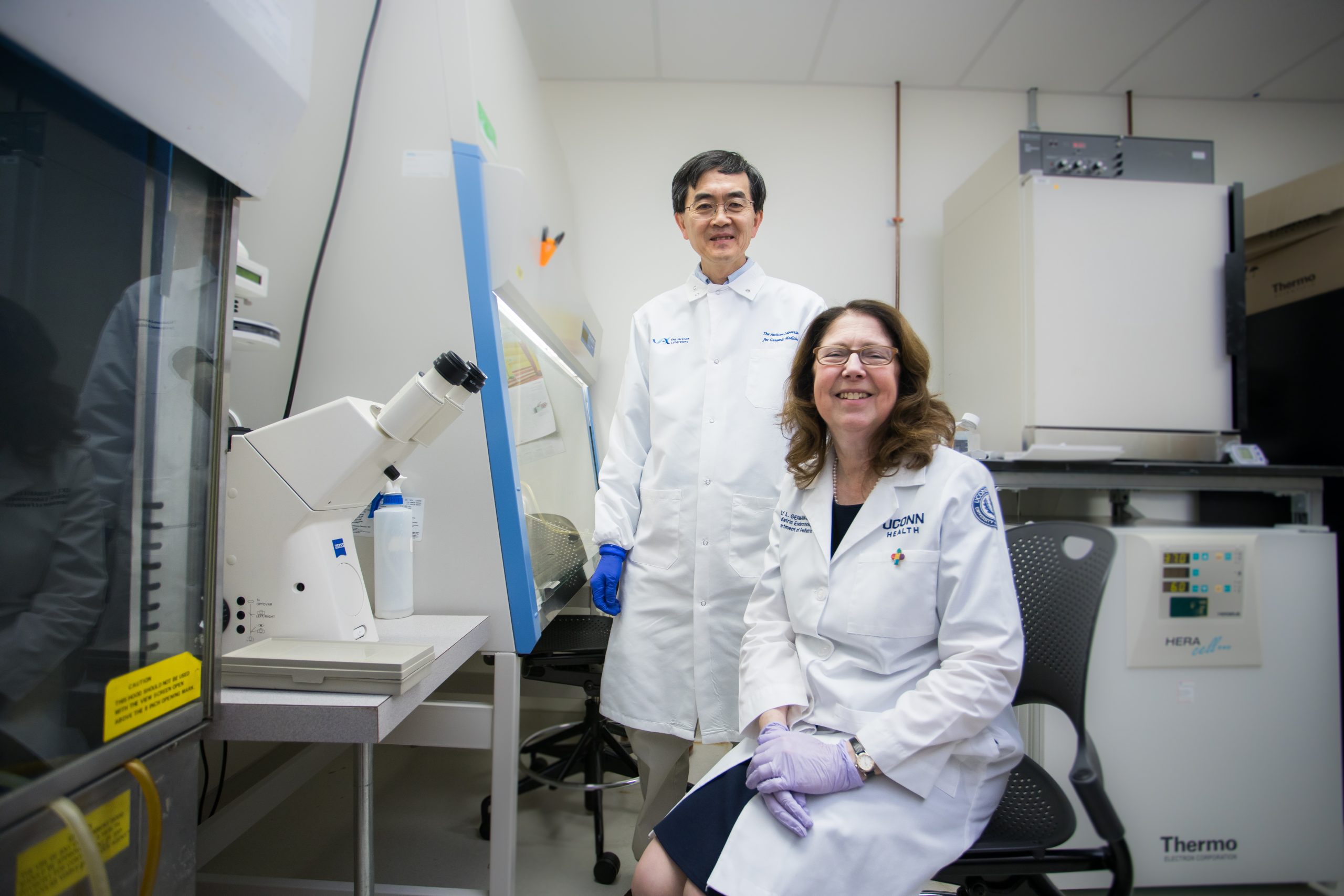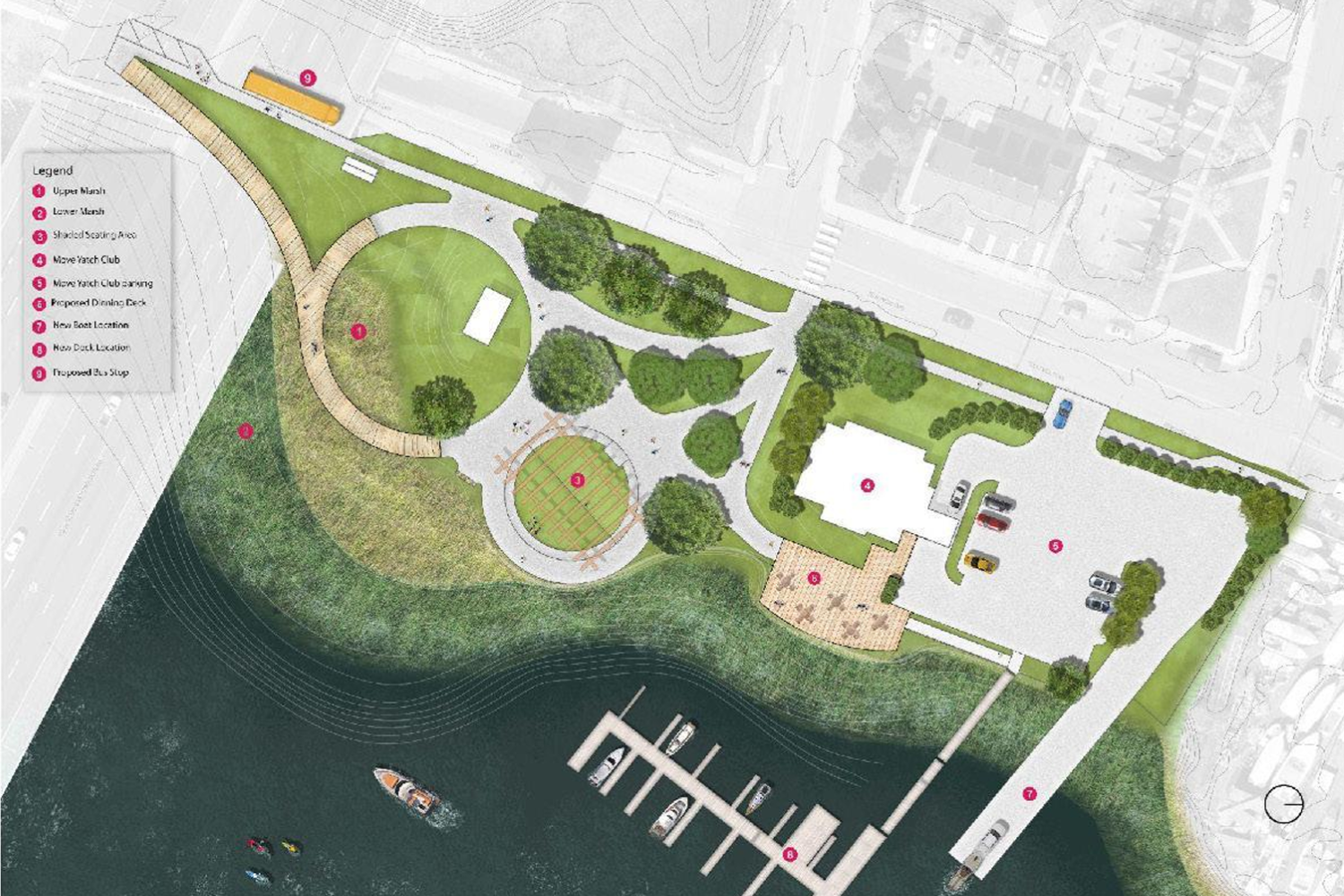UConn officials will hold two town hall-style forums on Wednesday to outline proposals that would modestly increase the General University Fee (GUF) for the first time in five years and adjust Stamford student housing rates to reflect increases in the area’s rental market.
The meetings will take place Wednesday at 12:30 and 5 p.m. The first session will be held in the Dodd Center’s Konover Auditorium, the second, in Oak Hall, Room 101. Both are open to all students and anyone interested in the topic.
The meetings can also be viewed on a livestream feed by visiting the Academic IT services page of Information Technology Services and clicking on the link for Konover, or by manually typing in this web address: http://ait.uconn.edu/live-streaming/
The proposed adjustments, if adopted by the UConn Board of Trustees, would go into effect with the fall 2019 fee bills. Trustees are scheduled to consider the proposals on Feb. 27.
UConn’s guiding principles when setting fees are to protect affordability by increasing them only when absolutely necessary; to promote simplicity and transparency to allow the fees to be easily understood; and to use the revenue to help ensure financial stability, preventing further slippage in academic excellence despite state funding cuts.
Despite the proposed changes, an analysis by UConn officials shows that the University offers academic excellence at a significant value for Connecticut residents compared with the amounts they would pay if they attended many competing institutions.
The tentative tuition and fees for fall 2019 for in-state students is about $15,730, which is reduced by financial aid for the majority of students.
It compares very favorably to the cost they would pay to attend other institutions such as Boston College ($56,001), Quinnipiac University ($47,960), University of Vermont ($42,516), Penn State ($34,858), UMass ($34,570) and others.
The proposed changes are:
- General University Fee: A $46 increase in the General University Fee, the first increase in the GUF since fall 2014. The money will be used to fund various student services and personnel costs, along with an upgrade in the Husky One Card system in which all cards will eventually be replaced with cards that include more security safeguards.
- Stamford Housing: Changes to Stamford student housing rates, which vary depending on the number of bedrooms and size of the students’ units. The current rates range between about $10,250 and $13,500 annually, and would increase to a range of about $10,550 to $13,900 yearly.
About 425 students currently live in the university-sponsored housing in two Stamford buildings, and that figure is expected to reach about 450 this fall with the addition of a third site.
Even with the fee adjustments, the student housing offered by UConn will remain lower than the amounts students would pay to rent privately, however. The Stamford market for private rentals increased by an average of 1.7 percent in 2017 and 4.2 percent in 2018, for a combined increase of 6 percent over the last two years.
- Certain Academic Programs: Increases in academic fees in certain graduate and professional programs and courses in the schools of law, engineering, business and nursing. Most are masters’ and doctorate level, professional certificates, and other non-undergraduate programs.
Various other fees will remain unchanged, including those paid to fund Student Health Services, technology, buses and other forms of transit, and student activities.
Fall 2019 also marks the first semester in which the new Student Recreation Center fee goes into effect. The fee was approved when the project was authorized in 2013 and will be used to cover building costs and operations of the new which is scheduled to open this summer. The fee is set at $250 per semester for undergraduates and $200 per semester for graduate students.
The new center features three stories with 191,000 square feet of space, including about 30,000 square feet of fitness space; a four-court gymnasium; two multipurpose activity courts; an indoor running track; an aquatics center with a 25-meter pool and a recreational pool; a climbing center; racquetball courts; and other rooms for training and multipurpose uses.
The project had been in discussions more than a decade before the Board of Trustees in 2013 voted to approve the concept and authorize moving forward, based on feedback from town hall-style meetings with students and the endorsement of the Undergraduate Student Government and a student advisory committee.
Students had expressed concerns for years about inadequate space and amenities at the current site in the Greer Fieldhouse and Guyer Gymnasium. Club sports teams also have found themselves limited in the times and locations where they could practice, and students have reported long lines to use the fitness equipment.
Students will not be charged to use the new student recreation center; the fee will cover use of its amenities.



